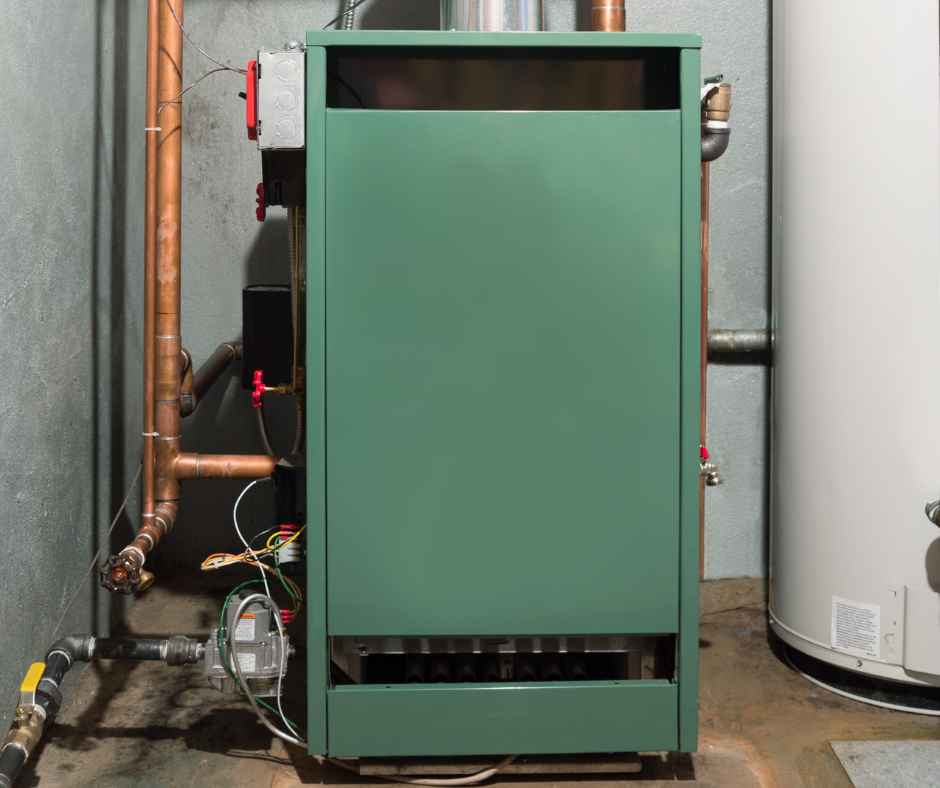Closed: Sun for God + Family time

Inflation Reduction Act Offers HVAC Tax Credit for Hoosiers | Armor Air
Every year when it’s tax time, homeowners try to find ways to lower how much money they have to pay.
Starting in January 2023, there’s a new law called the Inflation Reduction Act of 2022 that makes it easier for homeowners to get special tax benefits for making their homes more energy-efficient. One example of an improvement that qualifies is installing HVAC systems.
You probably have a lot of questions about how these tax credits work and how to get them, so let’s jump right in.
What Is the Inflation Reduction Act?
The Inflation Reduction Act of 2022 is a significant budget reconciliation bill aimed at allocating $300 billion toward deficit reduction and an additional $369 billion for climate change programs and energy security, spanning until the year 2032, as outlined in a U.S. Senate summary.
For homeowners considering the addition of foam insulation to their residences, this legislative development carries noteworthy implications. Qualifying energy-efficient upgrades undertaken between 2023 and 2032 will render homeowners eligible for a tax credit covering up to 30 percent of the project cost, as highlighted in a news release from the White House.
Here are the fundamental details you should be aware of:
- Annual Tax Credits: Households have the opportunity to claim up to $1,200 in tax credits each year for completing energy-efficient upgrades to their homes, which includes the installation of home insulation.
- Special Credit for Heat Pumps: A distinctive credit of up to $2,000 is available for electric heat pumps that deliver super-efficient heating and cooling.
- Home Energy Audit Credit: Homeowners can claim a credit of up to $150 for a home energy audit conducted by an inspector. This encompasses state programs offering rebates for electrical appliances and home retrofits designed to reduce monthly energy bills.
A pivotal aspect introduced by the Inflation Reduction Act is the adjustment of the previous tax credit lifetime cap of $500, now transformed into an annual credit of up to $1,200 each year until 2032.
For more in-depth information on these rebates and other available tax credits, you can explore the details provided on the White House website.
Air Source Heat Pumps Tax Credit
In recent years, the popularity of air source heat pumps has steadily increased. These energy-efficient and environmentally friendly alternatives to traditional heating and cooling systems have gained significant traction. Heat pumps differ from furnaces and boilers in that they don’t burn fuel to generate heat. Instead, they extract heat from outdoors and transfer it to the inside of homes during the colder months.
Because of their lower carbon footprint, heat pumps come with the largest tax incentives among qualifying HVAC equipment. For air source heat pumps purchased and installed between January 1, 2023, and December 31, 2032, the tax credit is 30% of the total project cost, up to $2,000. The equipment must meet the required standards.
Energy Star-certified heat pumps purchased and installed on a primary residence before December 31, 2022, are eligible for an energy tax credit of 10% of the cost (up to $500) or a specific amount from $50 to $300.
Energy-efficiency requirements apply to split and packaged systems. This credit is effective only if the heat pump began servicing an existing home that serves at the homeowner’s primary residence. New construction and rentals do not apply.

Central Air Conditioners Tax Credit
For qualifying central air conditioners installed in your primary residence between January 1, 2023, and December 31, 2032, you can claim a tax credit of 30% of the total project with a max benefit of $600. New-construction homes and rentals are not eligible for this home tax credit.
Energy Star defines eligible products as split systems with SEER2 > 16 that are Energy Star certified. All Energy Star-certified packaged systems are eligible.
The Nonbusiness Energy Property Tax Credit, now called the Energy Efficient Home Improvement Credit, may apply to central air conditioning units installed through the end of 2022. The maximum tax credit amount is $300 for qualifying units installed through December 31, 2022. To verify tax credit eligibility, ask your HVAC contractor to provide the Manufacturer’s Certification Statement for the purchased equipment.
Oil, Natural Gas, and Propane Furnaces and Boilers Tax Credits
You can also claim an energy tax credit for oil, natural gas, and propane furnaces, as well as boilers, installed between January 1, 2023, and December 31, 2032. Qualifying units are eligible for up to 30% of the project cost, not to exceed $600 max credit. ENERGY STAR-certified gas furnaces with AFUE > 97% are eligible.
Oil and gas furnaces that are Energy Star certified and installed into your primary residence on or before December 31, 2022, may qualify for a $150 tax credit. Furnaces installed in the U.S. South, new-construction homes, or units installed in rental properties do not qualify.
Energy Tax Credit 2023 Limits
The total limit for an efficiency tax credit in one year is $3,200. The limit includes a maximum credit of $1,200 for any combination of home energy improvements (windows/doors/skylights, insulation, electrical) plus furnaces, boilers, and central air conditioners.
The remaining $2,000 credit is available with any combination of heat pumps, heat pump water heaters, and biomass stoves/boilers.
Air-to-Air heat pump tax credits do not apply toward the limit of $3,200. Energy Star defines the tax credits allowed for air-to-air heat pumps.
What else qualifies for the Energy-Efficient Home Improvement Credit besides insulation?
The Inflation Reduction Act of 2022 covers various upgrades, including:
- Upgrading to Energy Star-rated appliances.
- Installing solar panels on your roof.
- Opting for professional home weatherization services.
The great part? You don’t have to make all these changes at once. The updated tax credit allows you to take your time, spreading these improvements over the years until 2032.
Maybe one year, you decide to switch all your appliances to Energy Star-rated ones. Then, the next year, you focus on updating your HVAC system. However you decide to tackle these upgrades, you’ll be eligible to reduce your overall tax bill with the credit. And don’t forget about the extra money you’ll save on your monthly energy bills!
Tax Credit for Improvement and Indiana Rebates
Excitingly, now homeowners have more chances to save money with rebates. Plus, they can reduce their taxes using the federal tax credit for home insulation from the Inflation Reduction Act.
If you want to learn more about the credits available, check out the Energy Star website or talk to your tax preparer. Here are the documents you will need to file for the tax credit regarding HVAC improvements:
- Proof of Purchase and Installation: Ensure you retain receipts or invoices for the purchase and installation of the HVAC equipment or system. This should include details such as the date of purchase, the cost, and the specifications of the equipment.
- Manufacturer’s Certification Statement: Many tax credit programs require a Manufacturer’s Certification Statement. This document is usually provided by the HVAC equipment manufacturer and certifies that the purchased equipment meets the energy efficiency requirements specified by the program.
- Energy Star Certification: If your HVAC equipment is Energy Star certified, make sure to retain the certification documentation. Energy Star certification is often a prerequisite for eligibility for certain tax credits.
- Home Energy Audit Report: In some cases, you may need a home energy audit report conducted by a qualified professional. This report assesses the energy efficiency of your home and may be necessary for claiming specific credits.
- Installation Date Verification: Some programs may require verification of the installation date. This could be confirmed through invoices or receipts that detail the installation timeline.
- Tax Forms: When filing your taxes, you’ll likely need to complete specific forms to claim HVAC-related tax credits. These forms may include information about your eligible expenses and the details of the HVAC improvements made.
- IRS Form 5695: This is the Residential Energy Credits form issued by the Internal Revenue Service (IRS). It is typically used to claim tax credits for residential energy efficiency improvements, including HVAC upgrades.
Share This Story, Choose Your Platform!
Recent News
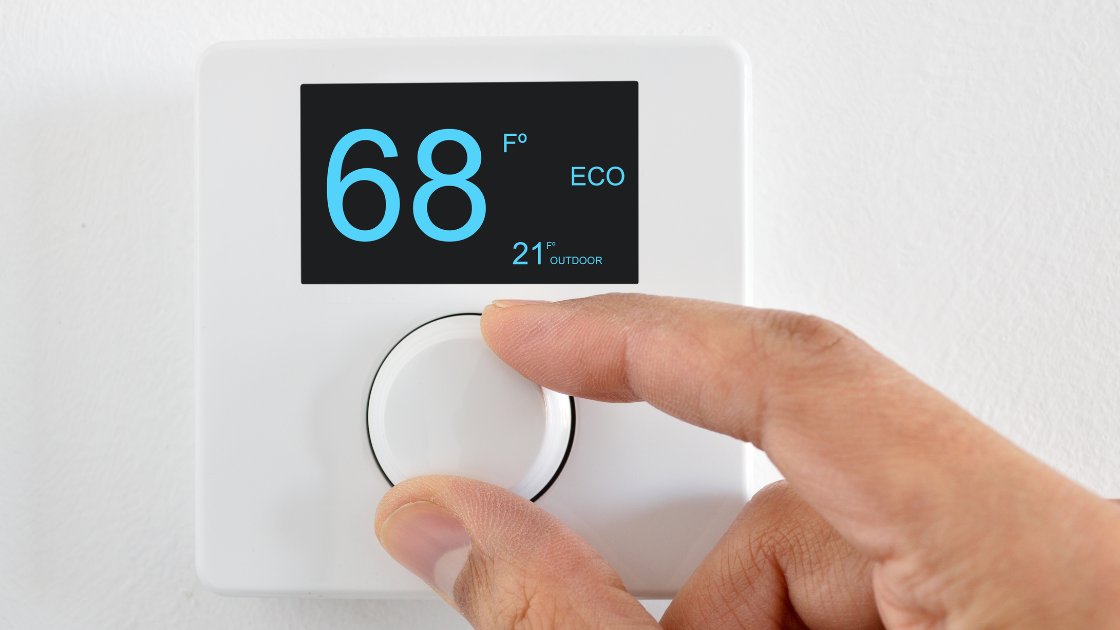
Help! My Heater Won’t Turn Off
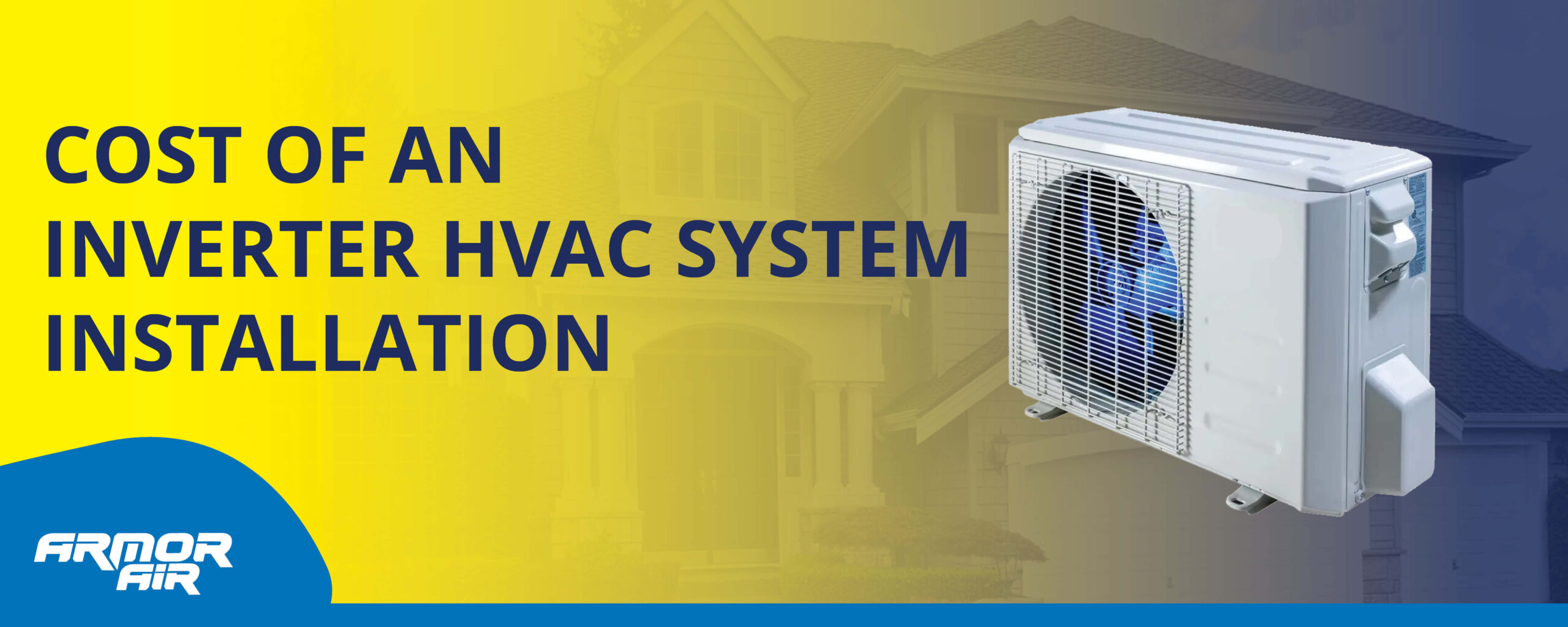
How Much Does an Inverter HVAC System Installation Cost (2025)
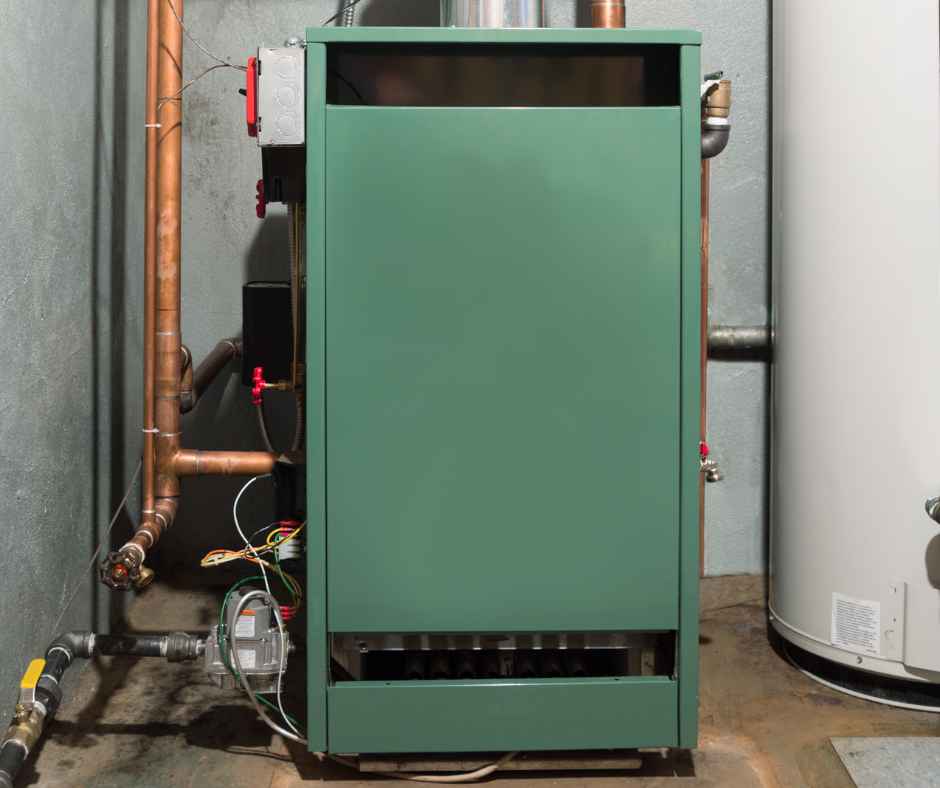
Why Does My Furnace Smell Like It’s Burning?
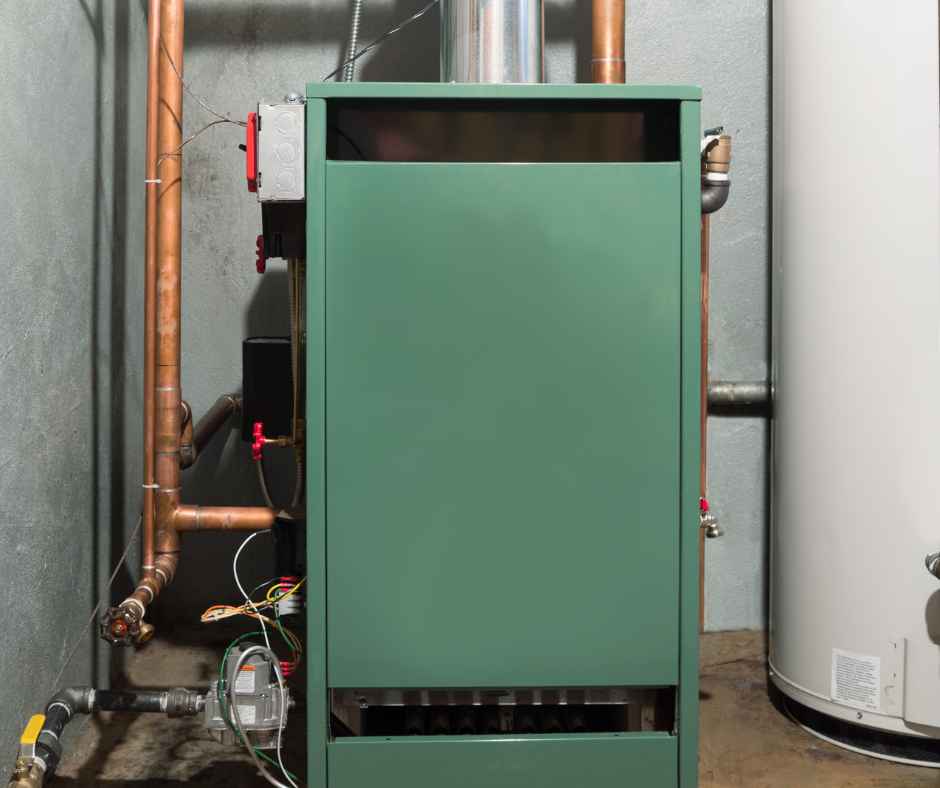
Why Won’t My Heat Turn On?

Why is the Water Pressure Low in My House?

Why a Tankless Water Heater Might Be the Best Investment for Your Indianapolis Home?
